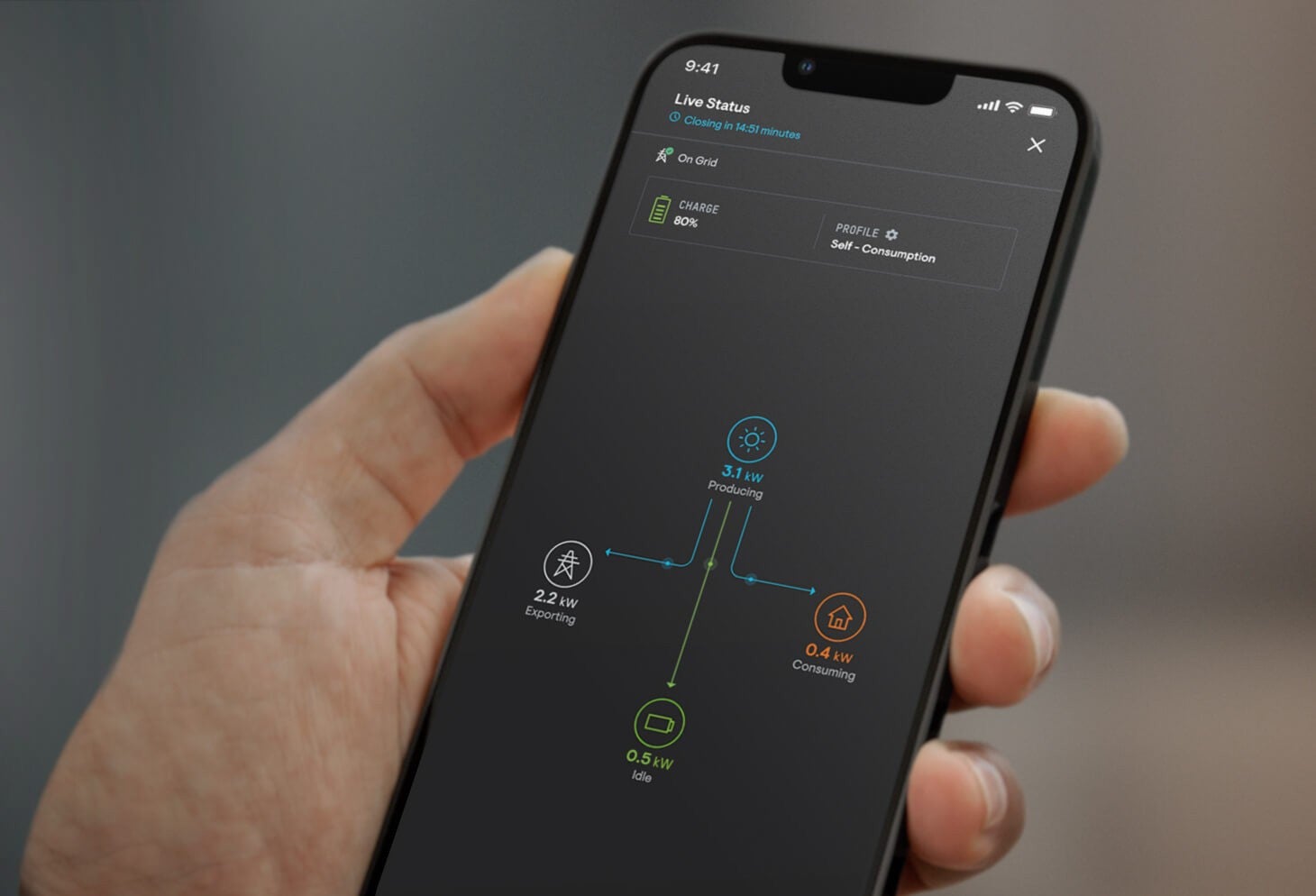10ms
97.5%



There are three main types of solar inverters, each suited for different system setups:
A microinverter is installed on each individual solar panel, converting Direct Current electricity produced by the panel into Alternating Current by right at the source. This allows each panel to operate independently, maximizing energy output even if one panel stops working
A string inverter, on the other hand, is installed at a central location and converts the combined DC electricity from a series (or "string") of solar panels into AC. The downside is that if one panel in the string is underperforming, it affects the output of the entire system.
In short, microinverters are more efficient because they optimize energy production on a panel-by-panel basis.
The lifespan of a solar inverter varies based on the type and brand: